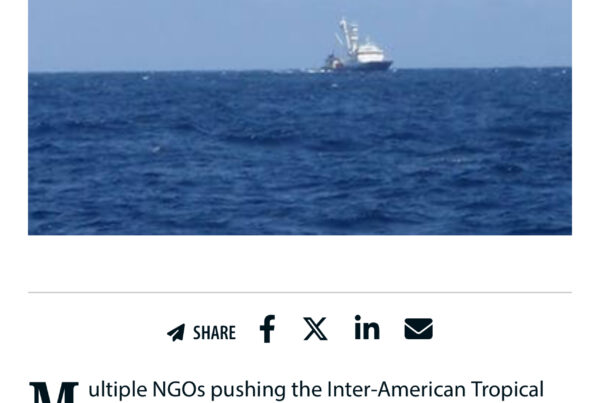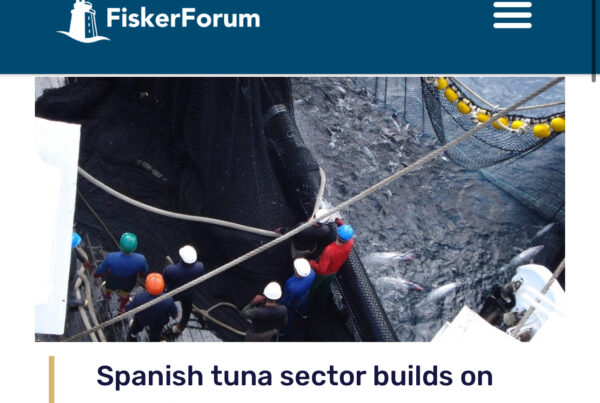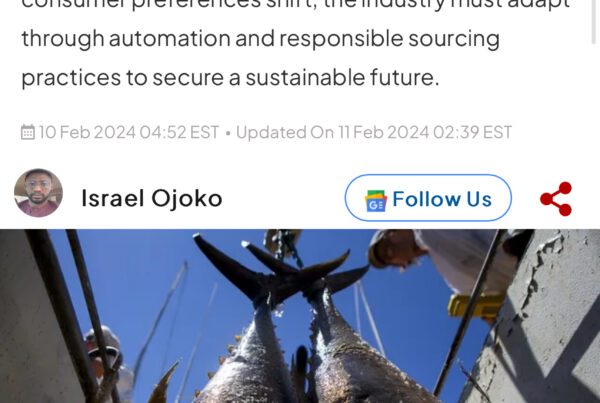‘Yes, but not without investment’ | Old Oregon timber port on pole for US floating wind play
Study commissioned by French oil major TotalEnergies-led joint venture finds Coos Bay ‘one of a handful of ports’ that could serve sector along Pacific coast
By Tim Ferry
Along with Oregon’s power wind resources, ambitious state legislation, and support from the federal government, the US west coast state can add deep-water port infrastructure to its many industrial attributes for the emerging floating wind sector, a report from engineering firm Mott MacDonald has concluded.
The study, commissioned by TotalEnergies SBE, the French oil supermajor’s tie-up with Irish offshore wind developer Simply Blue, spotlighted the deepwater Port of Coos Bay as having stand-out potential for repurposing as an offshore wind port, supporting the Pacific Northwest state’s efforts to move forward with plans for up-to-10GW of capacity in by 2040.
“We knew that Coos Bay was one of a handful of deepwater ports on the West Coast that could support offshore wind, but there hadn’t been a feasibility study done on what it could potentially do,” Alana Duerr, director of US projects for the JV, told Recharge.
“The big questions were, can we integrate turbines in Coos Bay? Can we do deployment in Coos Bay? And now we know, the answer is ‘yes’. But not without investment.”
The total cost of redeveloping Coos Bay is estimated at $475m, which would likely be paid for a by a mix of private and public investment. The report estimates that port would ultimately have 350MW of annual manufacturing capacity, enabling it to play a key role in the regional floating wind build-out.
The study, administered by the Oregon Business Development Department, concluded that with 80 acres (32ha) of storage capacity, significant quayside area, and location in southern Oregon near the California border, Coos Bay was “well positioned” to support development of the offshore wind sector in the waters off the Pacific coast.
“The Port of Coos Bay is well positioned and meets all the key criteria to move forward with the necessary investments to enable the deployment of gigawatts of floating wind power in Oregon and more broadly on the West Coast,” the report states.
Oregon has long been on the radar for offshore wind, estimated to have 84GW of “technically feasible” resources to harness, according to the National Renewable Energy Lab (NREL).
The Bureau of Ocean Energy Management (BOEM), the federal regulator for offshore wind, has set up a task force working with state government and stakeholders to establish Call Areas and has scoped out some 17GW of potential sites, with legislation calling for 3GW of offshore wind by 2030.
Despite its ambitions, Oregon is likely to struggle with several obstacles, including waters of 1,300-2,000 metres, deep even for floating wind arrays due to the demands on mooring lines of this length, as well as scant grid capacity or operational deepwater port infrastructure.
On both the US’ Atlantic and Pacific coasts, the absence of adequate offshore wind port infrastructure is presenting a serious bottleneck to the sector as it races to meet the Biden administration’s goal of 30GW by 2030.
Along with meeting multiple industrial requirements, Coos Bay also has no overhead obstructions that would present an obstacle to transportation and installation of floating wind turbines.
Standard construction practice to date in the floating wind sector has been to assemble the up-to 260-metre tall turbines quayside and tow them out to sea for commissioning. Coos Bay’s obstruction-free seaways would enable the conventionalstrategy to continue to be deployed.
The port, as outlined in the Mott MacDonald study, would, however, require substantial upgrades, including channel widening to support the movement of floating wind foundations of between 200-250 feet wide, along with construction of new berths, wharfs, storage areas, and related dredging, of its waterfront.
Coos Bay is not alone among US west coast ports seeing new market potential in offshore wind, with Humboldt Port in northern California already in redevelopment, having received nearly $11m in funding from California’s energy commission several weeks ago as seed money to bolster its bid for $56m in federal grants to fuel its own ambitions of becoming a regional floating wind hub.



